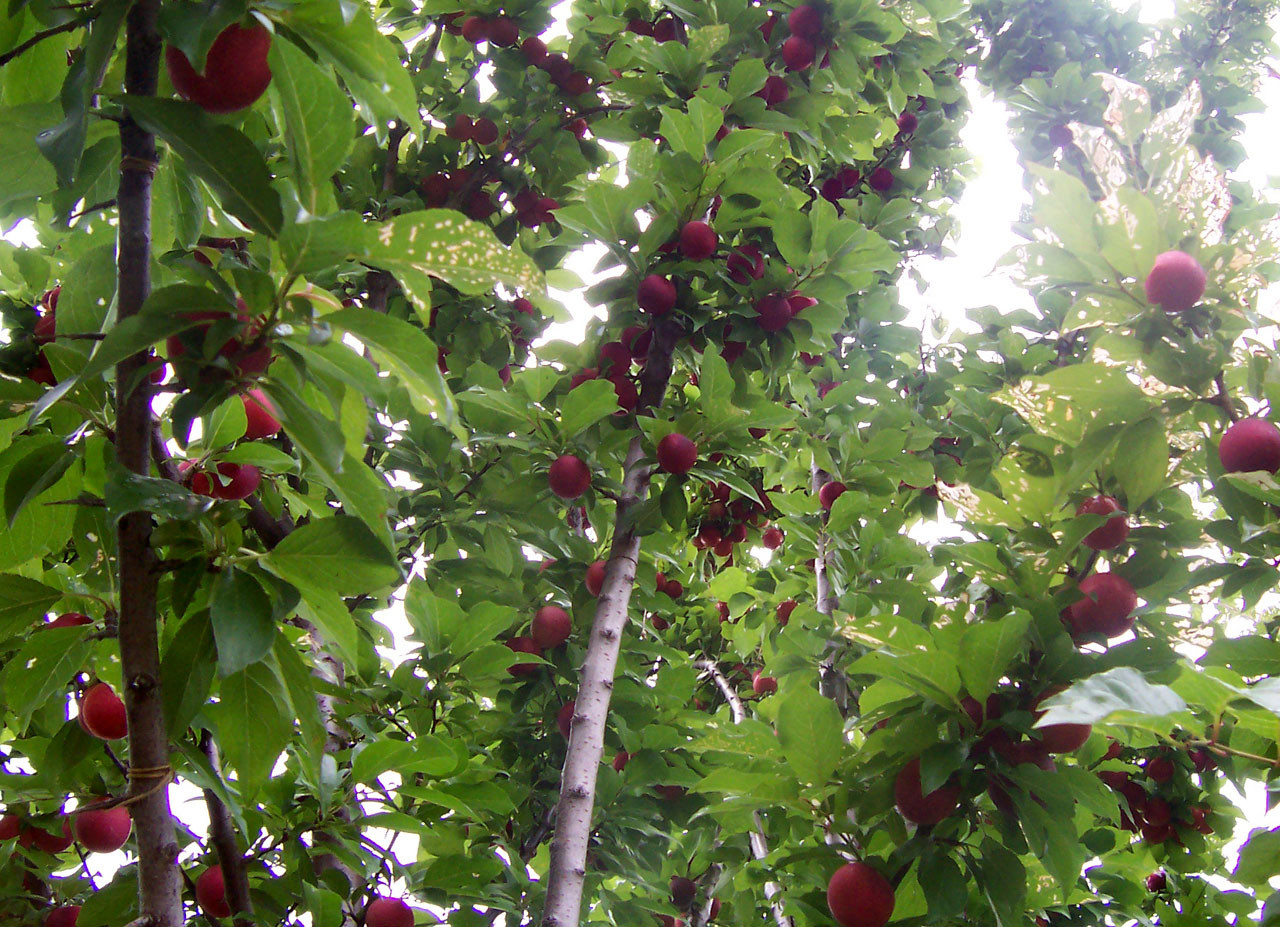How to Identify the 10 most common Genus of Trees
- Introduction to Tree Genus
- Broadleaf Trees Explained
- Coniferous Trees Explained
- Recognizing Fruit Tree Genuses
- Recognizing Ornamental Tree Genuses
- Palm Trees Explained
- Understanding Tree Diseases by Genus
- Impact of Seasonal Changes on Genus Identification
- Deciduous Trees Explained
- Genus Identification: Bark, Leaves, and Fruit
- Tree Age Determination by Genus
- Tree Care by Genus
- Wrap up and recap
Recognizing Fruit Tree Genuses
Introduction to Fruit Trees

Tree which bears fruit that is consumed or used by humans and some animals.
Fruit trees are a wonderful addition to any garden, providing not only aesthetic appeal but also a source of fresh, healthy produce. Understanding the different genuses of fruit trees can help you identify them and make informed decisions about which trees to plant in your garden.
Definition and Characteristics of Fruit Trees
Fruit trees are defined as trees that produce fruit for consumption by humans or wildlife. They come in a wide variety of sizes, shapes, and types, each with its unique characteristics. Some fruit trees are small and suitable for compact urban gardens, while others can grow quite large and are better suited to larger spaces.
The fruit produced by these trees can be classified into various categories, including pomes (like apples and pears), drupes (like peaches and cherries), and citrus fruits (like oranges and lemons). Each type of fruit has its unique characteristics, which can help in identifying the tree.
Importance and Benefits of Fruit Trees
Fruit trees offer numerous benefits. They provide a source of fresh, organic fruit that can be far more nutritious and flavorful than store-bought alternatives. Growing your fruit can also be a rewarding hobby, providing a sense of accomplishment and a connection to nature.
In addition to their practical benefits, fruit trees also offer environmental benefits. Like all trees, they help to improve air quality by absorbing carbon dioxide and releasing oxygen. They also provide habitat and food for a variety of wildlife.
Overview of Common Fruit Tree Genuses
There are many different genuses of fruit trees, each with its unique characteristics. Some of the most common genuses include:
- Malus: This genus includes apple trees, which are popular for their delicious fruit and beautiful spring blossoms.
- Pyrus: This genus includes pear trees, known for their sweet, juicy fruit.
- Citrus: This genus includes a variety of trees that produce citrus fruits, including oranges, lemons, limes, and grapefruits.
- Prunus: This genus includes a variety of stone fruit trees, including peaches, plums, cherries, and apricots.
- Juglans: This genus includes walnut trees, which produce large, hard-shelled nuts.
- Carya: This genus includes hickory and pecan trees, known for their tasty nuts.
In the following units, we will delve deeper into some of these genuses, exploring their unique characteristics and learning how to identify them.